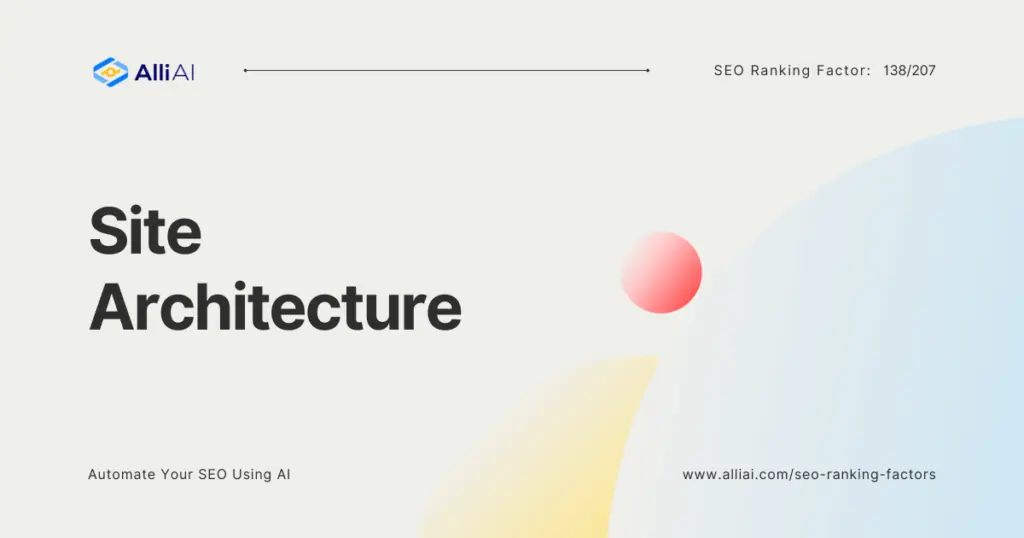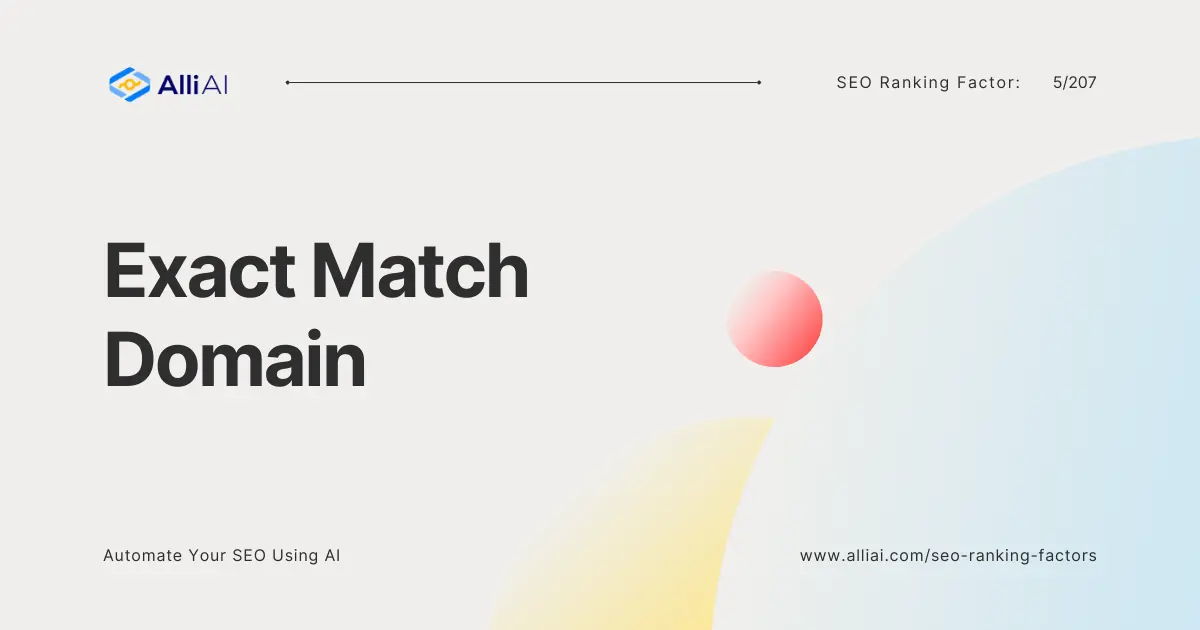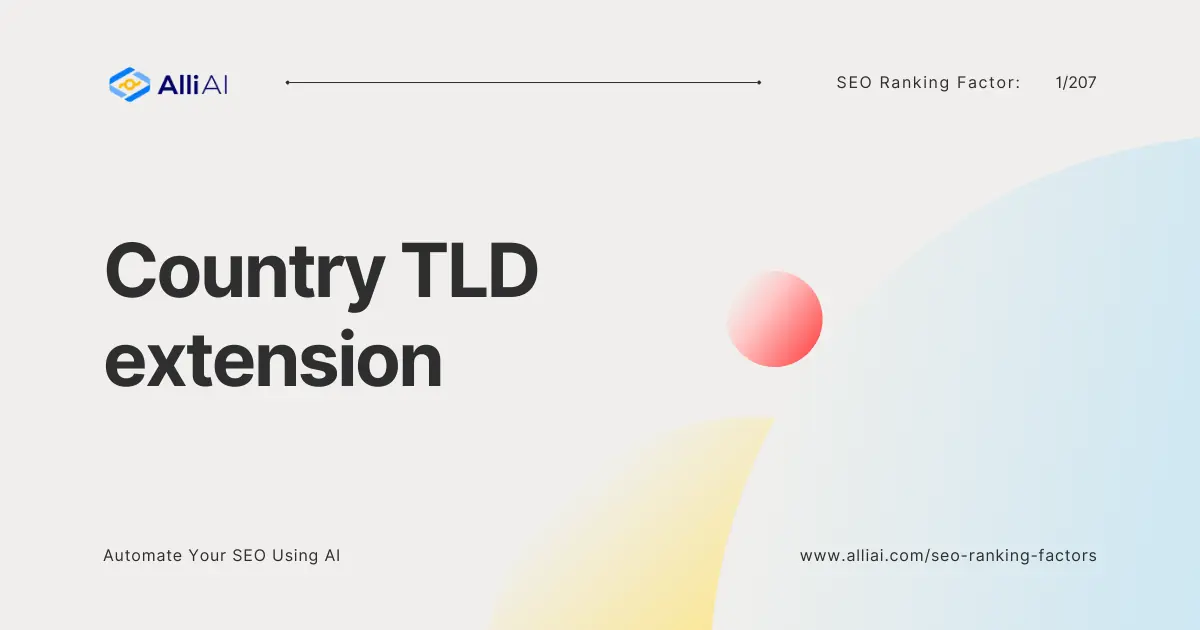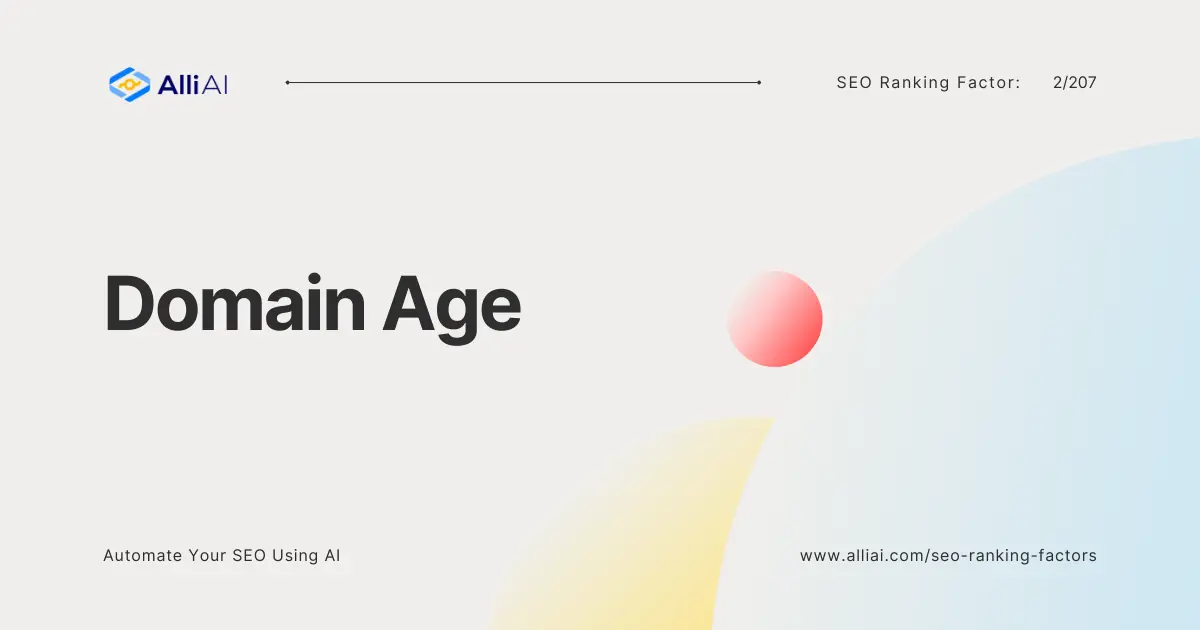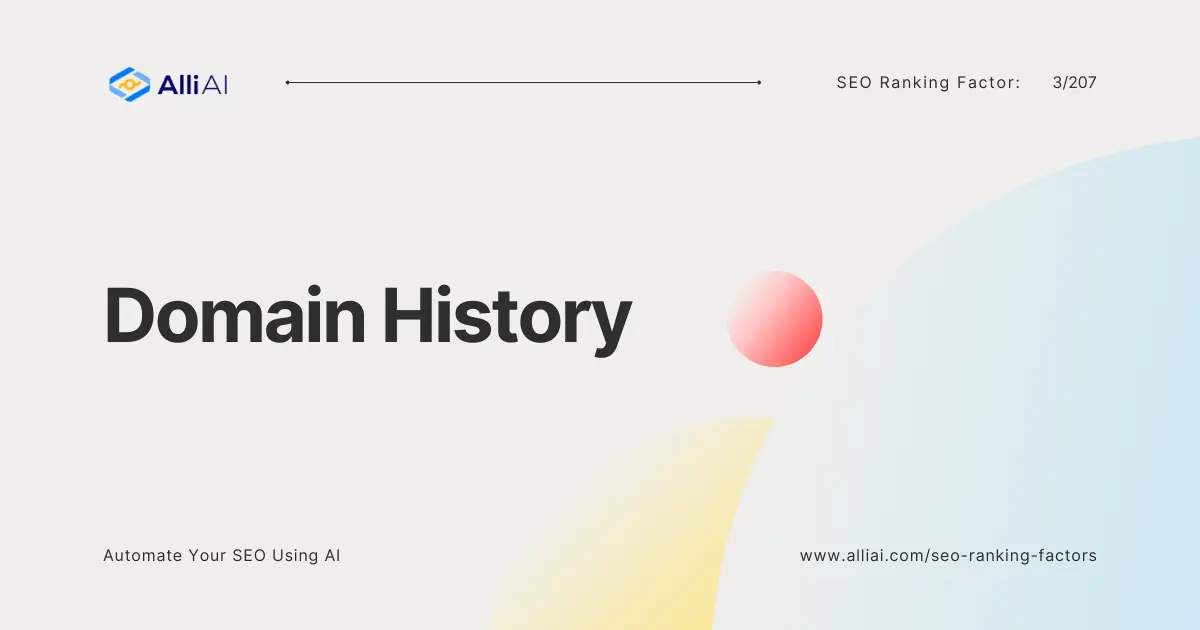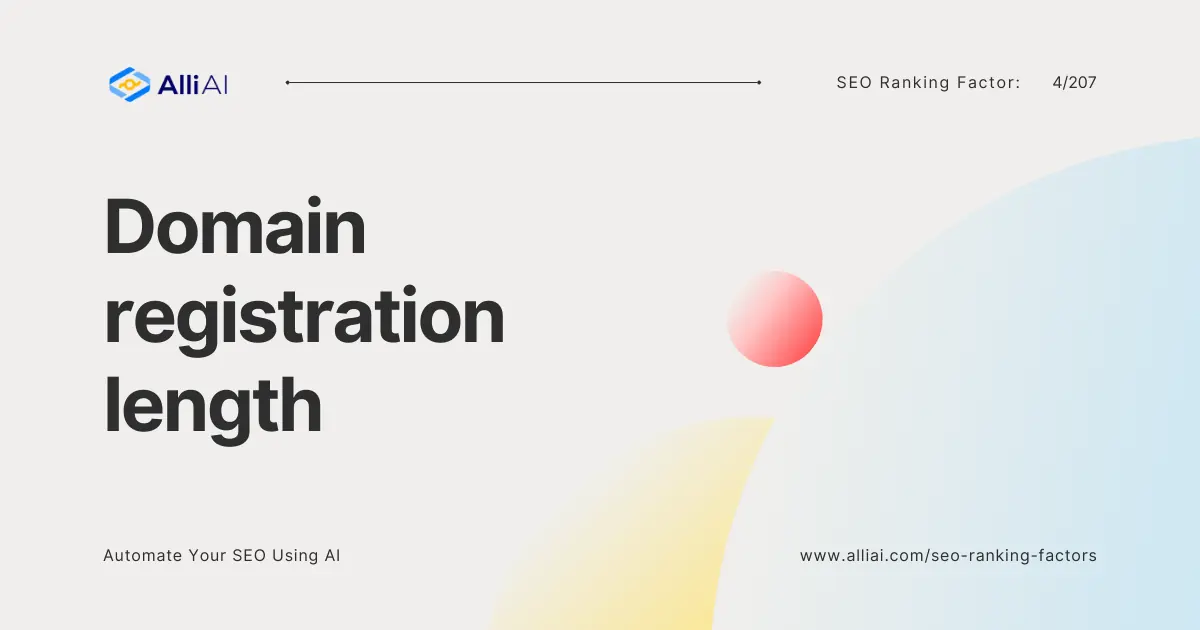What is Site Architecture?
Site architecture refers to the way a website’s pages are structured and linked together. Think of it as the blueprint of a building. Just as an architect designs a building to ensure it’s easy to navigate and everything is where you’d expect it to be, site architecture ensures that visitors and search engines can easily find and understand the content on a website.
Consider a well-organized library. Books are categorized and shelved in a manner that makes sense – fiction titles are separated from non-fiction, and there might even be special sections for genres like science fiction or romance. This organization helps visitors find the book they’re looking for much faster than if all the books were randomly arranged. In this analogy, the library’s organizational system is akin to a website’s architecture.
Why is Site Architecture Important in SEO?
Site architecture plays a pivotal role in SEO for several reasons. Firstly, it affects a website’s usability. Websites that are easy to navigate tend to keep visitors longer, reducing bounce rates and increasing the chance of engagement and conversions. Secondly, a well-structured website makes it easier for search engines to crawl and index the site, which can lead to higher rankings in search results. Essentially, good site architecture is the foundation upon which successful SEO strategies are built.
How Site Architecture Affects SEO?
1. Crawlability and Indexability: Search engines use bots to crawl websites and index their content. A logical structure with a clear hierarchy and easy-to-follow links ensures that these bots can find and index all your pages, making them more likely to appear in search results.
2. User Experience (UX): A website that’s easy to navigate is more likely to retain visitors, reducing bounce rates and increasing page views. Search engines take user behavior data as a ranking signal, so a positive UX can lead to better SEO outcomes.
3. Internal Linking: A well-planned site architecture includes an effective internal linking strategy, which distributes page authority throughout the site and helps search engines understand the relationship between different content on your website.
FAQ
How can I improve my website’s architecture for better SEO?
Start by planning a logical hierarchy for your content. Use broad categories to group related pages and ensure every page is accessible through intuitive navigation. Keep your URL structure clear and consistent, and use breadcrumb navigation to help users understand their location on your site.
Does site architecture affect page loading times?
Yes, indirectly. A well-organized site allows for more efficient use of resources and can lead to improvements in page speed, especially if it’s paired with optimized content and code structure. Faster loading times improve user experience and contribute positively to SEO.
Can site architecture impact mobile SEO?
Absolutely. With the increasing importance of mobile-first indexing, having a mobile-friendly site structure is essential. Ensure your site architecture translates well to smaller screens, with easily tappable menus and accessible content.
Conclusion
In the grand scheme of SEO, site architecture is not just a foundation but a pivotal element that shapes the success of all other SEO efforts. Like the spine in a body, it supports and organizes, ensuring that both users and search engine bots can navigate the site effectively. By focusing on building a clear, logical site structure, you set the stage for improved user engagement, better indexing, and ultimately, higher search rankings. Whether you’re building a new site or looking to improve an existing one, prioritize your site architecture for a robust SEO strategy that stands the test of time.
